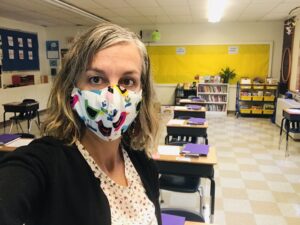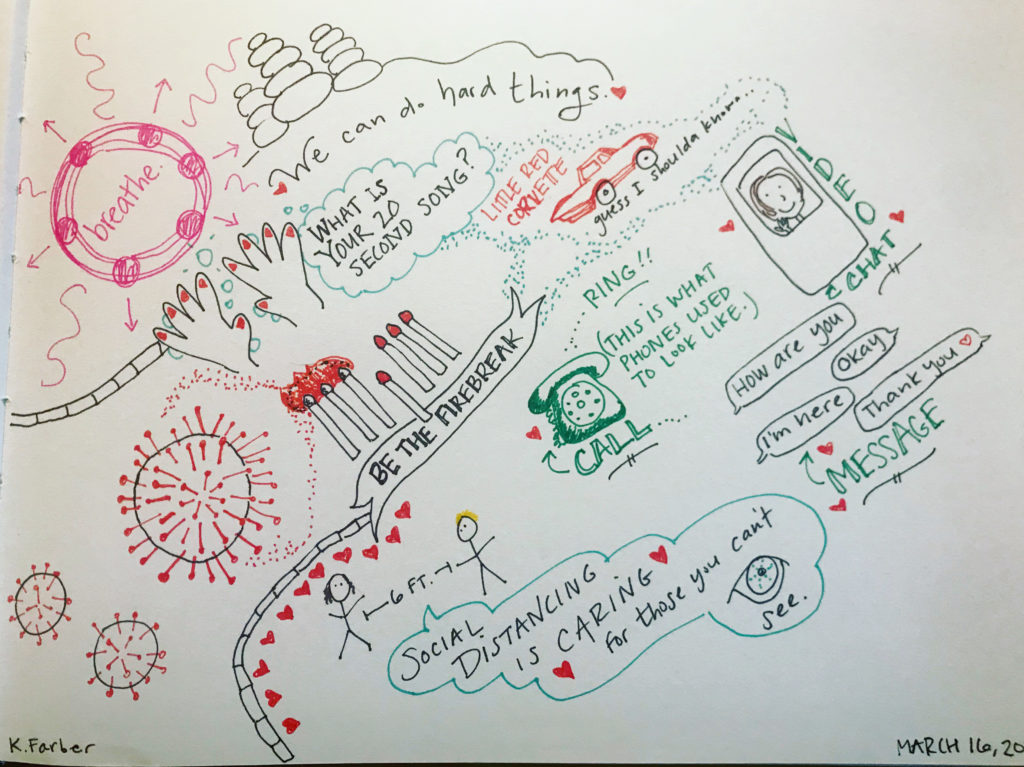I sit here in the November rain (for about 1,000 days now), with the wood stove fire popping and glowing. I am so thankful for my health, family, friends and school community. What a blur the fall has been — the pandemic, teaching with daily changes, stressors, and situations, the election (which feels like years ago now). I saw something that blew my mind. A simple number, and the calendar. In 3 months, it will be March again. Can you believe that? Oh, how the world has changed. So much has happened. So much loss and turmoil, but also, hopefully, growth and change.
For right now, for the holiday season, I wish these things for you:
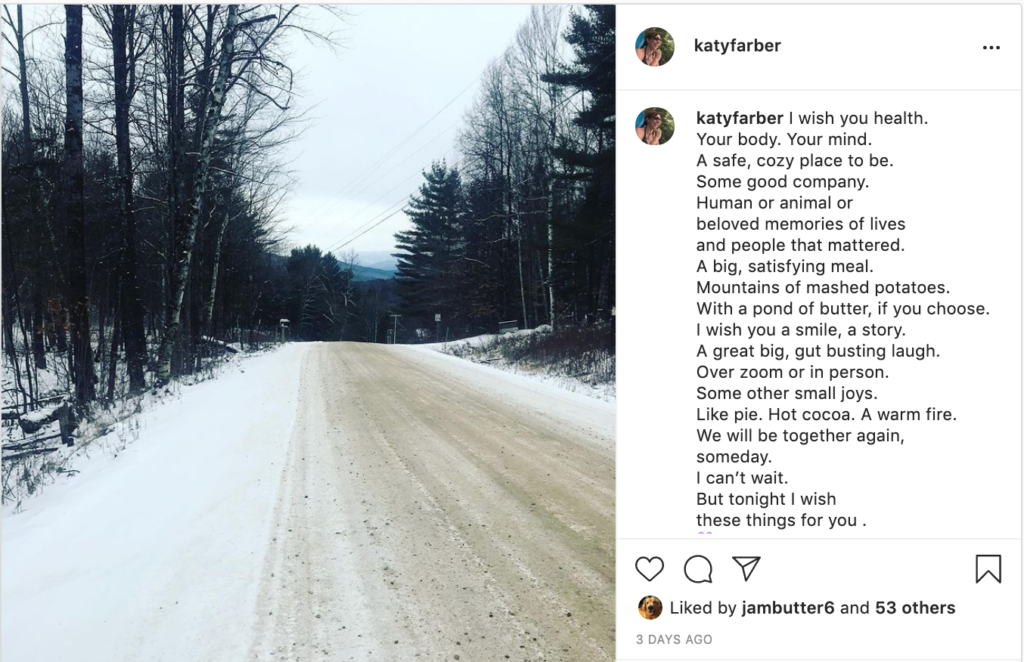
What is your list of things keeping you going on the day to day? Mine includes:

- Trader Joe’s Dark Chocolate Peanut Butter Cups (Seriously. These are no joke. Have 1-3 and feel very decadent. Rewarded for making it through the day. But now they are ALL GONE).
- Good TV. We recently did a Harry Potter movie marathon and it was so joyful, like seeing old friends, rediscovering lines and scenes I had since forgotten (and yes, I still cried you know where and you know why). We’ve also watched We Are Freestyle Love Supreme (incredible, but parents, swearing, if you care!) and Hot Chocolate Nutcracker (we have a serious dancer in the house).
- Good books. Recent high quality reads include I’ll Give You the Sun by Jandy Nelson (YA), The War That Saved My Life by Kimberly Brubaker (MG), and All American Muslim Girl by Nadine Jolie Courtney.
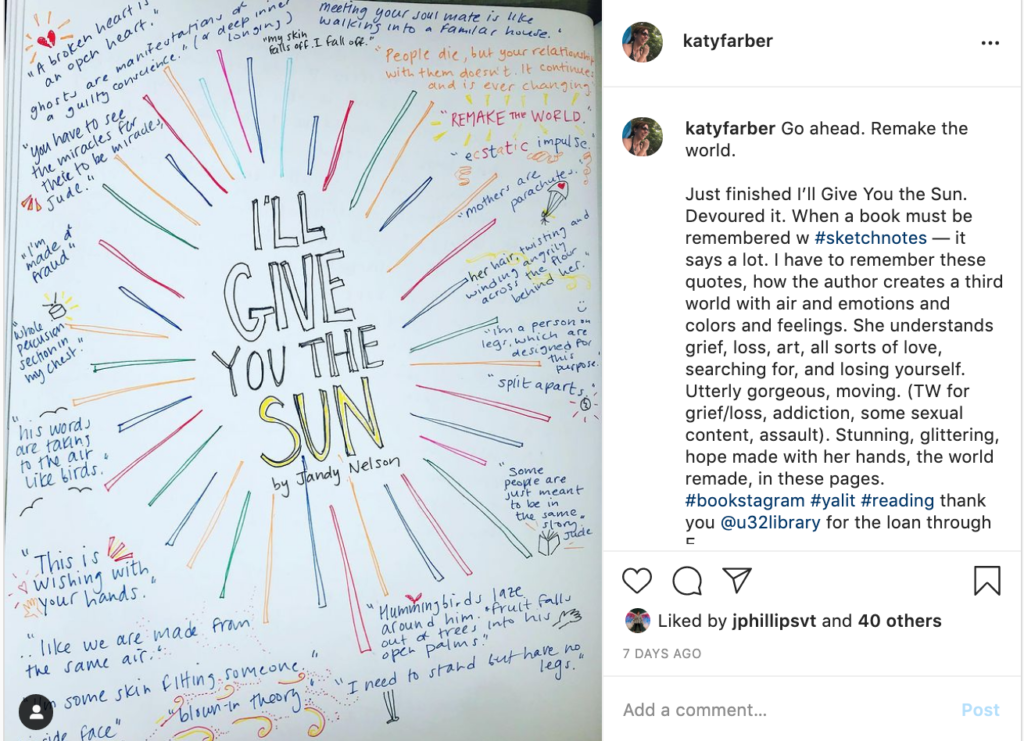
- The Calm App. I cannot say enough good things about doing this for 10 minutes a day. Honestly, sometimes I think it is the only thing that can really help me manage my fears and get in the right headspace for parenting and teaching. This is worth every dime to me and is now a daily practice.
- Nature. Exercise. Even for 20 minutes. Even a walk while calling a parent or friend. Just get moving. I always feel better about everything after I do this, even if only for a few minutes.
What is keeping you going? What shows are you watching, books have you read? Who are YOUR favorite Harry Potter characters? I would love to hear about it.
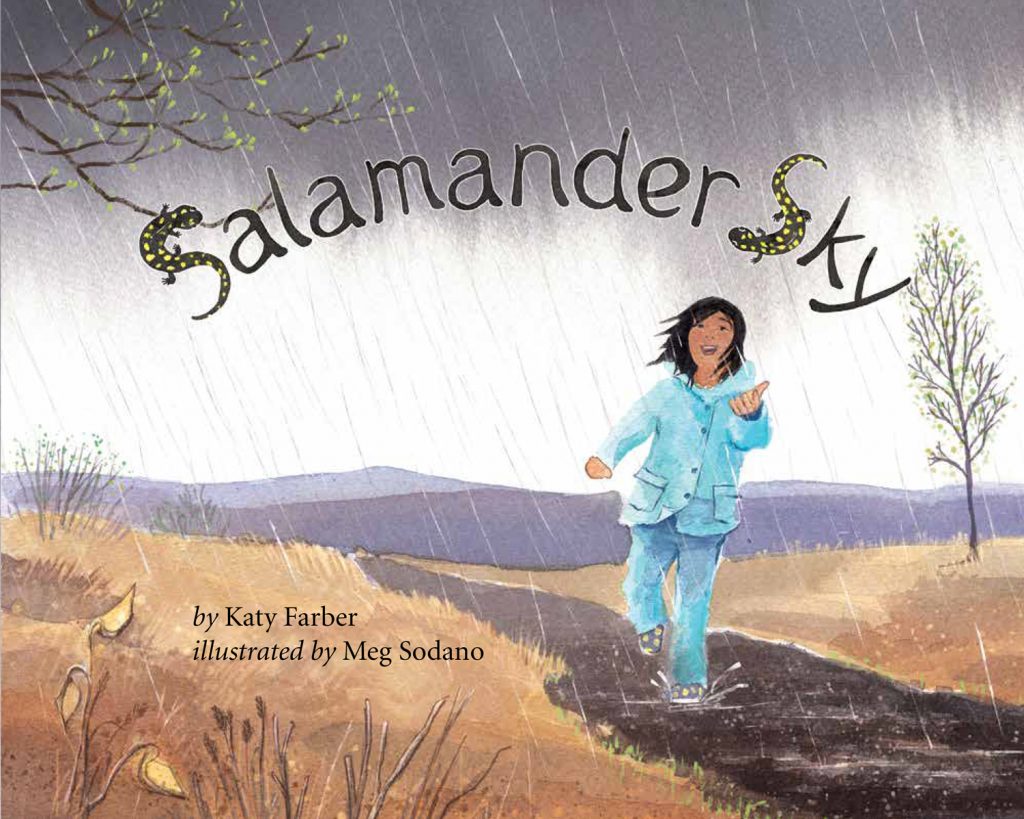
And if you are holiday book shopping, I would be honored to have you check out my books! You can look at the links on this page to learn more about each one. You’ll find Salamander Sky (illustrated by Meg Sodano) for your nature loving, curious younger kids, and The Order of the Trees, an environmental, magical novel for upper elementary students. And for the teachers in your lives, I’ve got several options there, too, including our newest, Personalized Learning for the Middle Grades. If you are interested, please ask for them at your local, independent bookstore!
Wishing you and yours well. Stay safe and healthy.

